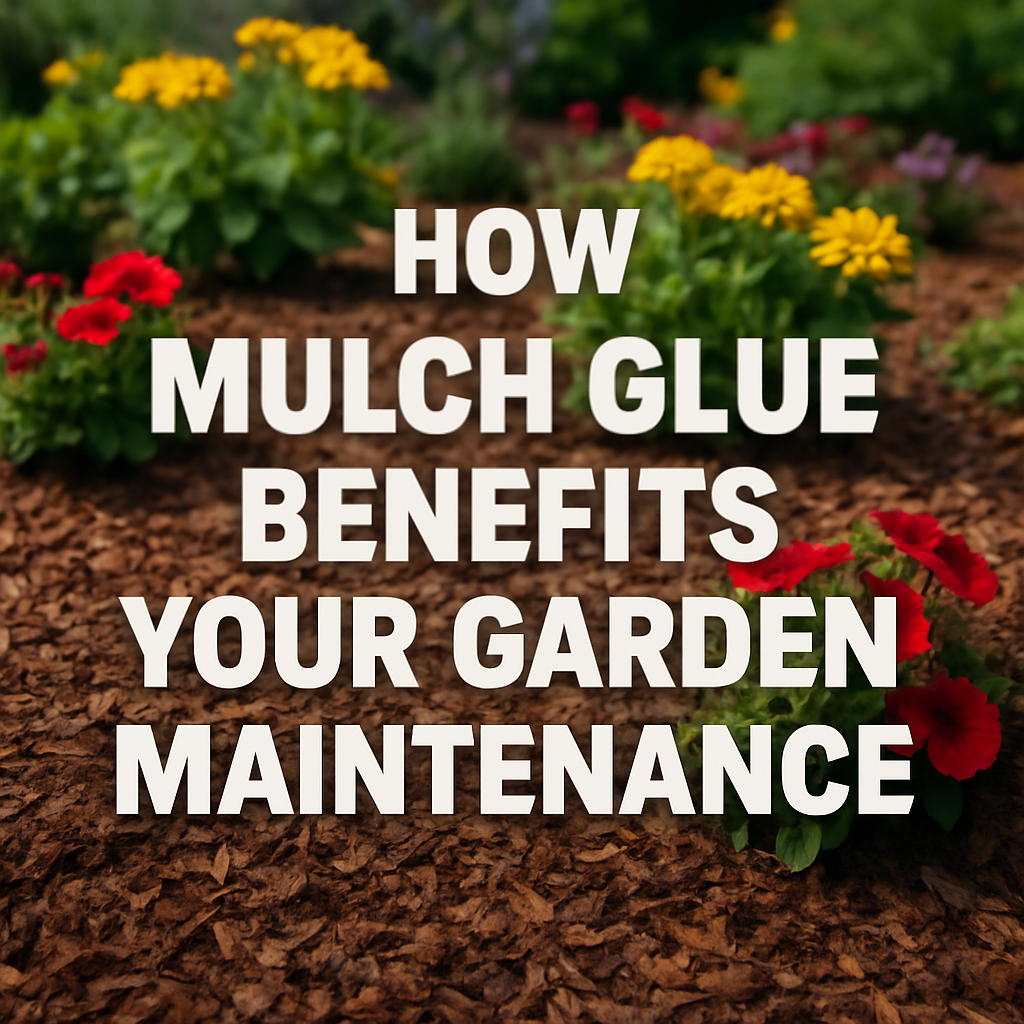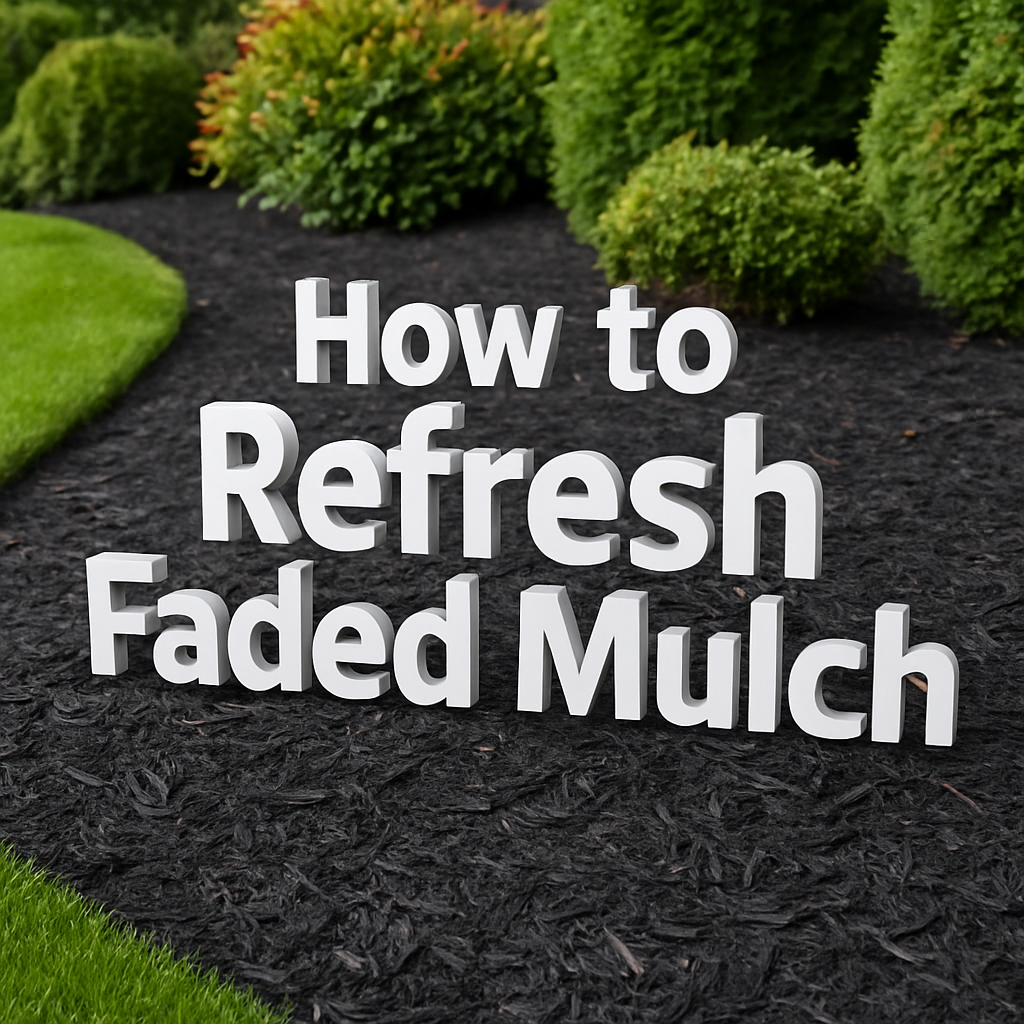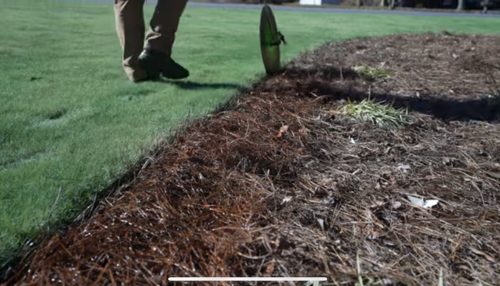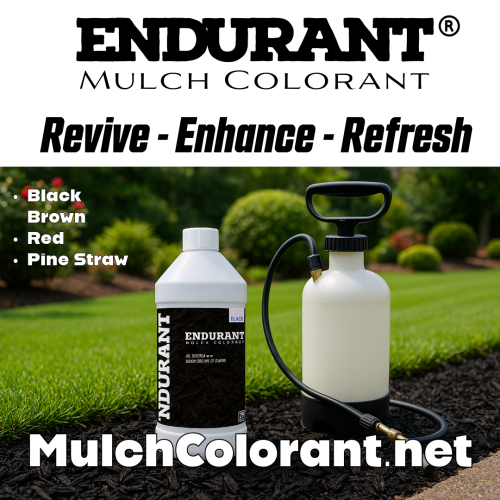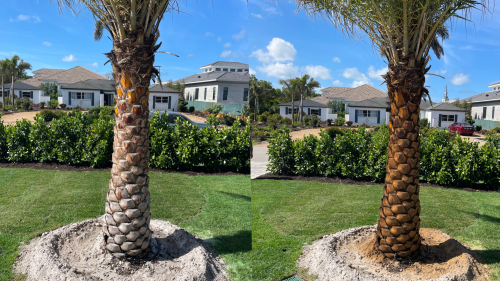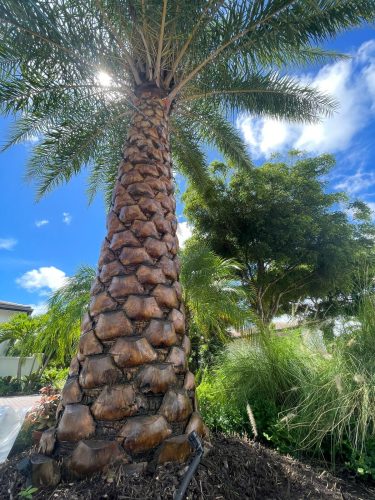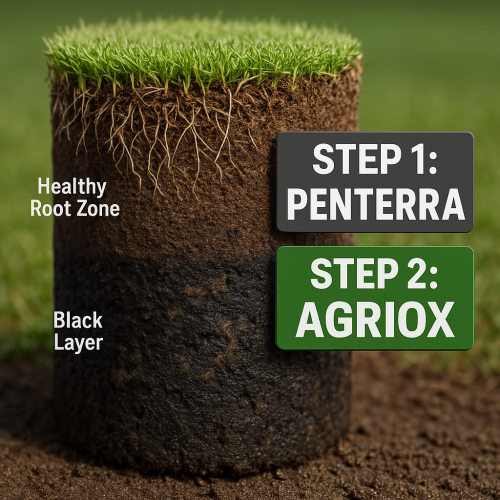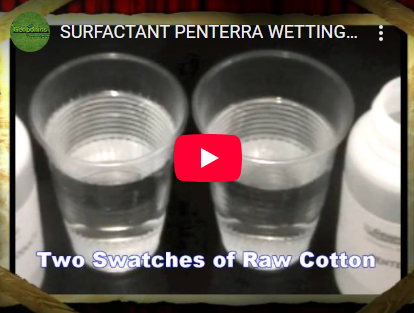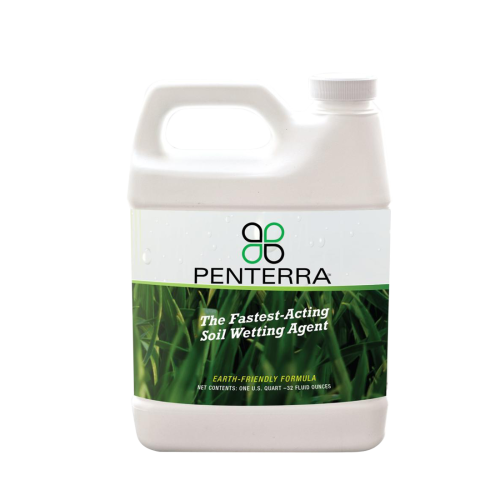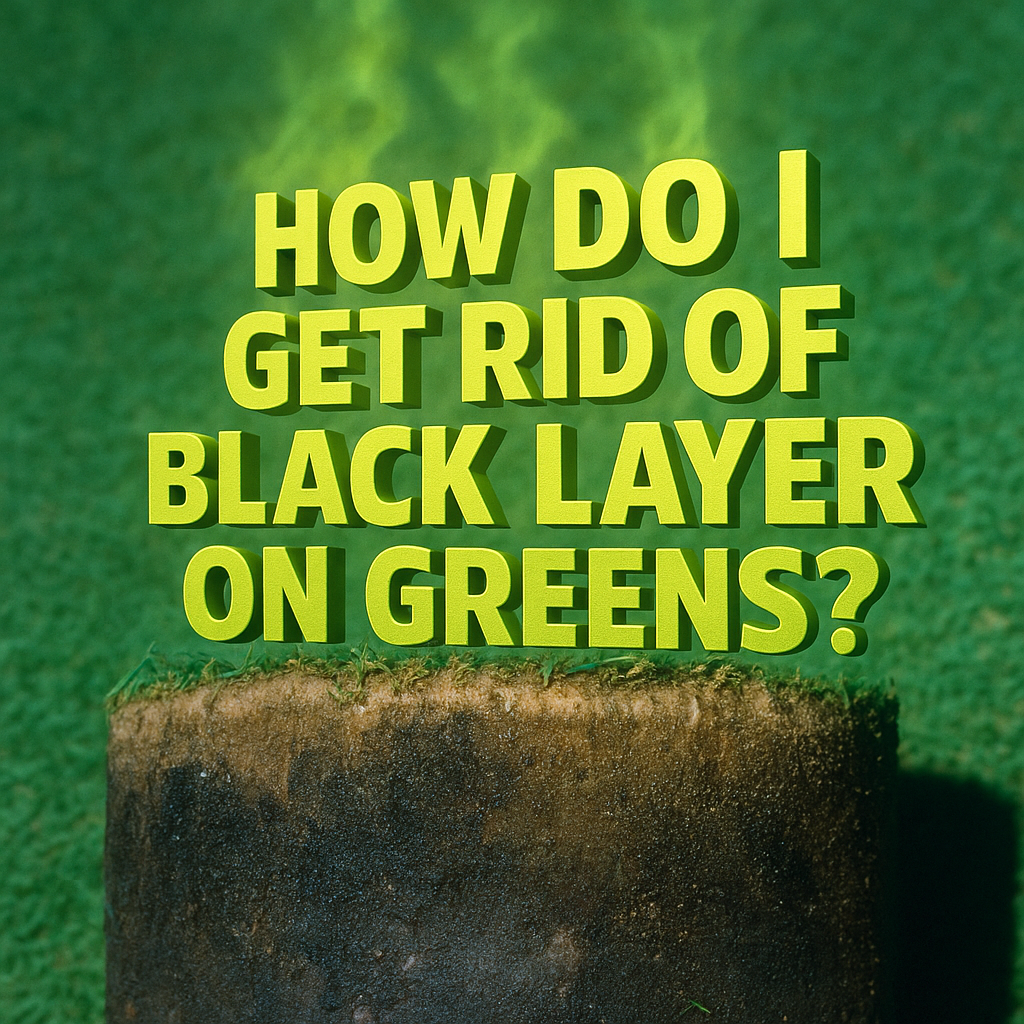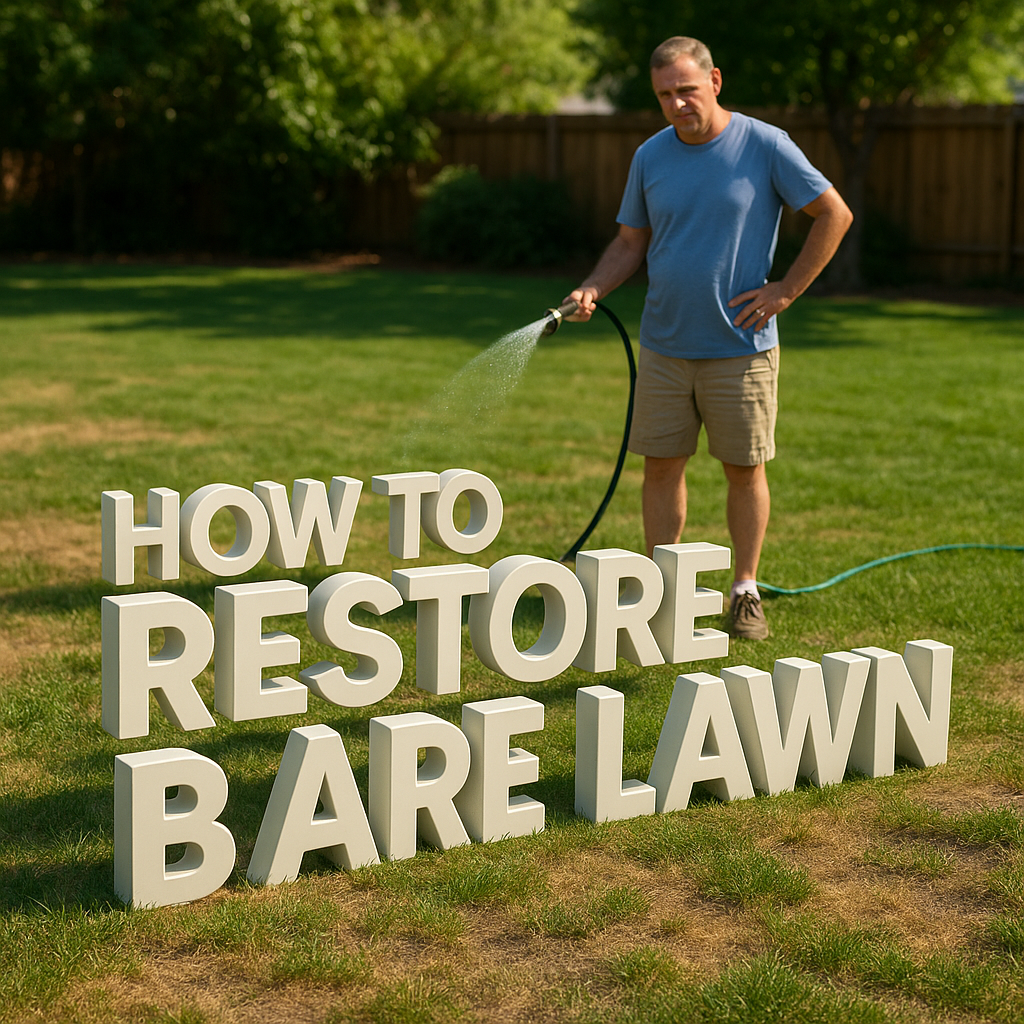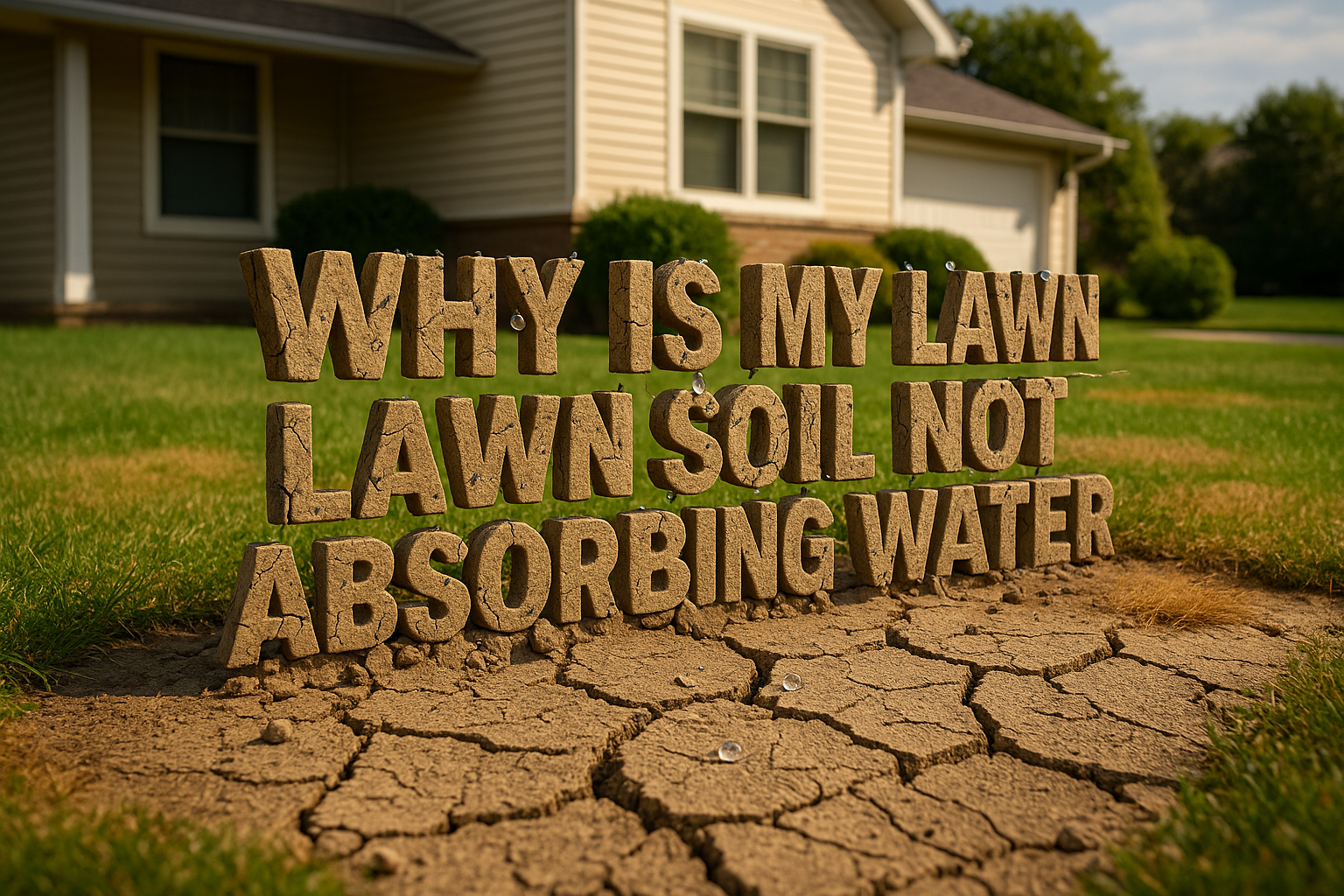How Mulch Glue Benefits Your Garden Maintenance
Gardening has numerous joys, from the satisfaction of nurturing plants to the beauty of a blooming landscape. However, maintaining that beauty can sometimes feel overwhelming. That’s where mulch glue comes in—an innovative solution to simplify your garden maintenance. In this post, we will explore how mulch glue can enhance your garden care routine, making it easier to achieve a vibrant and healthy garden.
What is Mulch Glue?
It is a specially formulated adhesive designed to create a strong bond between mulch materials and the soil, preventing issues such as erosion and degradation. This unique product allows gardeners to enjoy the benefits of mulch without the need for constant reapplication.
Key Features of Mulch Glue
- Durability: provides a long-lasting solution, keeping your garden looking fresh through harsh weather conditions.
- Moisture Retention: It helps maintain soil moisture levels, reducing the frequency of watering and aiding plant health.
- Weed Control: By securing the mulch in place, it inhibits weed growth, allowing your desired plants to flourish without competition.
Benefits of Using in Garden Maintenance
Incorporating it into your gardening routine offers several advantages:
1. Enhanced Aesthetic Appeal
Using mulch helps in creating a clean and polished look for your garden beds. When combined with mulch glue, your garden not only looks beautiful but also maintains that fresh appearance for an extended period without the mess of shifting mulch materials.
2. Improved Soil Quality
As it binds the mulch and allows it to decompose slowly, it enriches the soil with organic matter. This nutrient-rich layer contributes to healthier plants and better overall soil condition.
3. Reduced Maintenance Time
One of the most significant benefits is the reduction in maintenance time. Once applied, you won’t have to worry about frequent reapplication of mulch, which allows you to focus more on enjoying and nurturing your garden rather than constantly maintaining it.
How to Apply
Applying is a straightforward process that can be completed in a few easy steps:
- Prepare the Area: Start by clearing the area of any old mulch, debris, and weeds to ensure a clean surface for application.
- Choose Quality Mulch: Select your preferred mulch material, such as wood chips, bark, or shredded leaves.
- Mix the Mulch Glue: Follow the manufacturer’s instructions for mixing the glue with water to get the right consistency.
- Apply the Mulch: Spread the selected mulch evenly over the garden bed, creating a layer about 2-3 inches thick.
- Spray the Mulch Glue: Using a sprayer, evenly mist the glue over the entire layer to secure it in place.
- Let it Set: Allow it to cure as per the product instructions before exposing it to heavy rain or watering.
Tips for Maximum Effectiveness
To achieve the best results with mulch glue:
- Use high-quality mulch to enhance the effectiveness of the glue.
- Water the garden well after applying the glue to help the plants adjust and thrive.
- Periodically check the mulch layer for any signs of displacement or wear, especially after heavy rains or wind.
Conclusion
In conclusion, mulch glue presents a powerful tool for effective garden maintenance, enhancing both aesthetic appeal and plant health. By incorporating this innovative solution into your gardening practices, you can simplify your upkeep efforts while ensuring a flourishing and vibrant landscape. Embrace the advantages of mulch glue and enjoy the many benefits it offers for your garden maintenance!
If you have any questions please Contact Us

